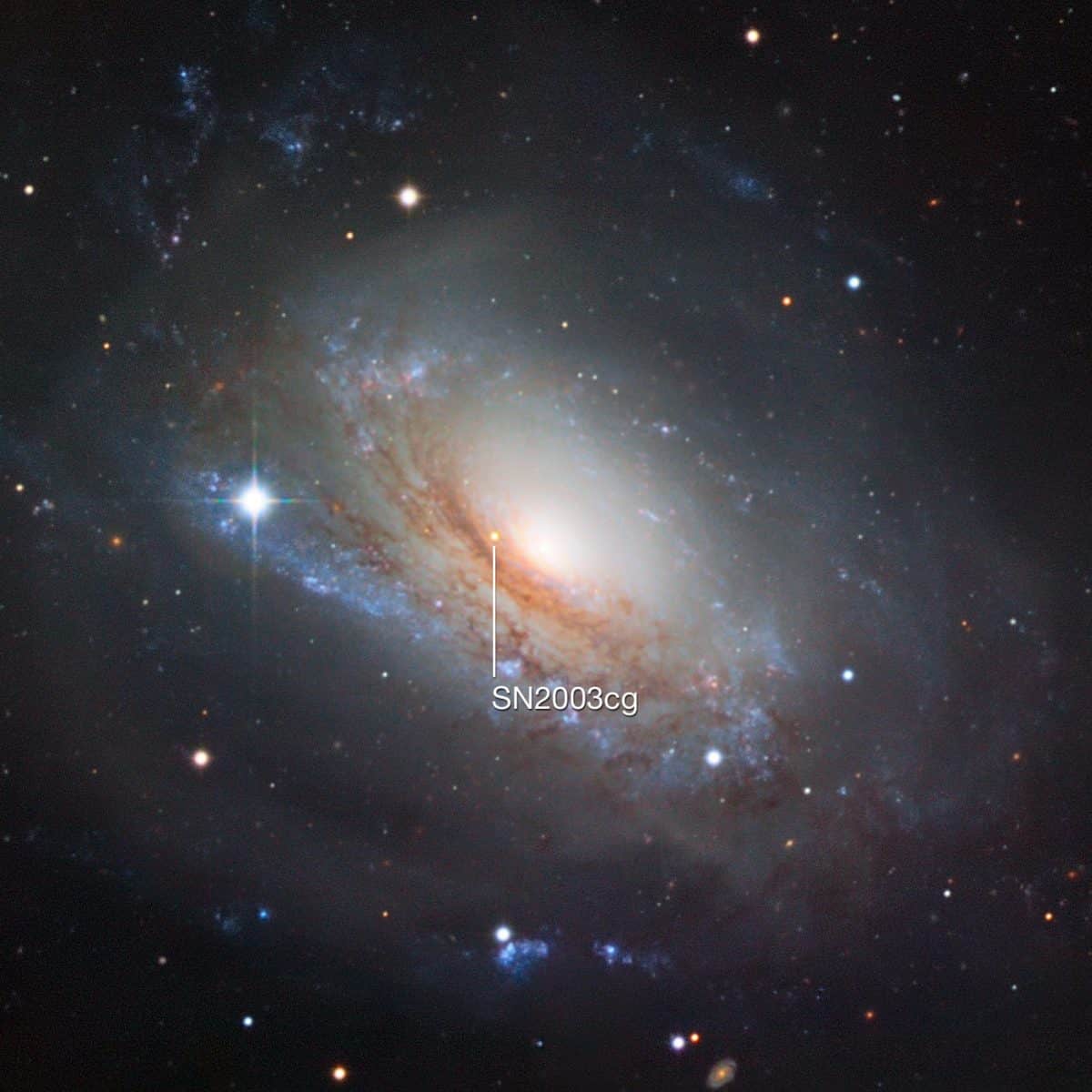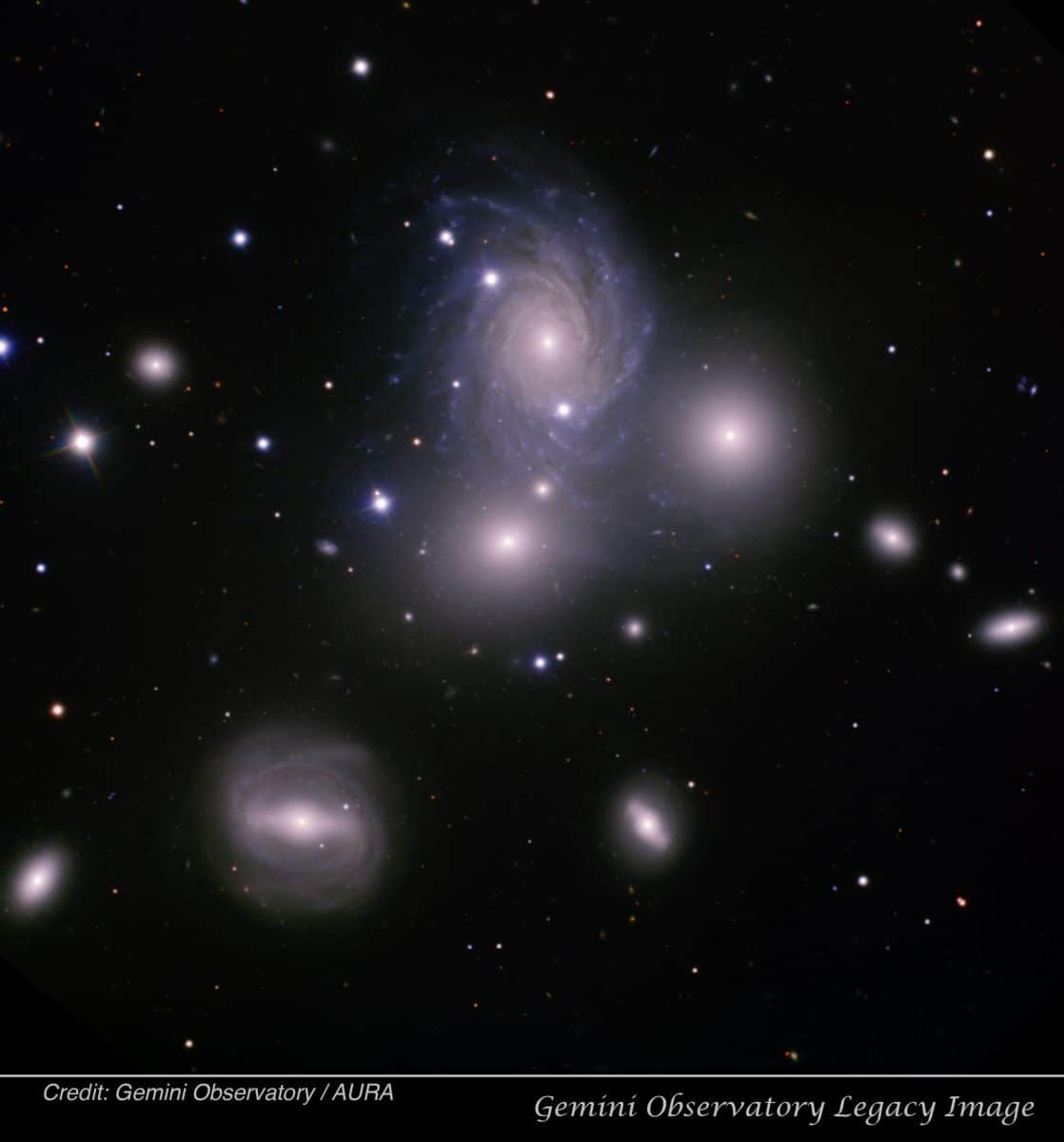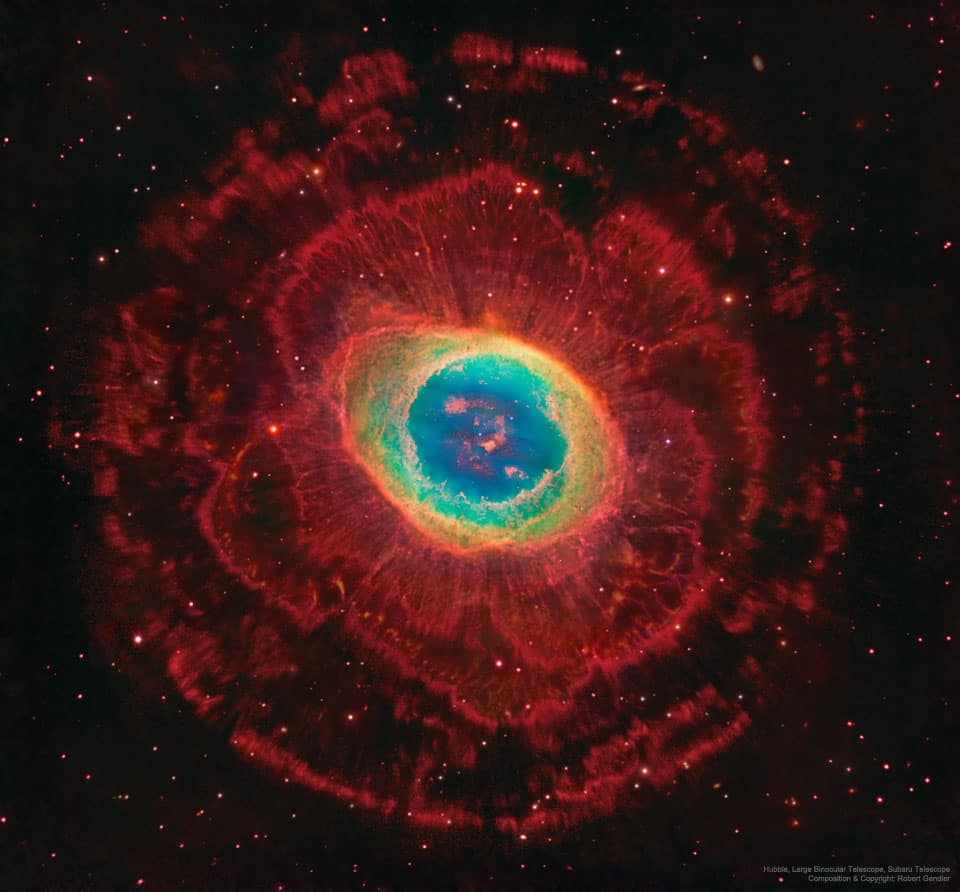Blog
Jalacy “Screamin’ Jay” Hawkins (July 18, 1929 – February 12, 2000) was an American singer, songwriter, musician, and actor. Famed chiefly for his powerful, operatic vocal delivery and wildly theatrical performances of songs such as “I Put a Spell on You“, he sometimes used macabre props onstage, making him an early pioneer of shock rock.
Born and raised in Cleveland, Ohio, Hawkins studied classical piano as a child and learned guitar in his twenties. His initial goal was to become an opera singer (Hawkins cited Paul Robeson as his musical idol in interviews), but when his initial ambitions failed he began his career as a conventional blues singer and pianist.
more...Tata Güines (June 30, 1930 – February 4, 2008), born Federico Arístides Soto Alejo, was a Cuban percussionist on the tumbadora, or conga drum, as well as a composer. He was important in the first generation of Afro-Cuban jazz.
Güines was born in Güines, a poor town east of La Habana in the province of Havana in Cuba. He made his first drums out of milk cartons and sausages. By the 1950s he was working with such top Cuban musicians as Arsenio Rodríguez, Luciano “Chano” Pozo, Bebo Valdés and Israel “Cachao” López. In the late 1950s he formed a band with the pianist Frank Emilio Flynn, forming a new band, Quinteto Instrumental de Música Moderna, later known as Los Amigos.
Güines moved to New York City in 1957, playing there with great jazz players such as Dizzy Gillespie, Maynard Ferguson, and Miles Davis at Birdland. As a percussionist, he performed with Josephine Baker and Frank Sinatra. He returned to Cuba in 1959 after Fidel Castro came to power in the Cuban Revolution which he helped fund by contributions from his earnings as a musician.
more...https://www.youtube.com/watch?v=HmEeoqRD0ew
more...This section of a picture from the Wide Field Imager on the MPG/ESO 2.2-metre telescope at the La Silla Observatory in Chile shows the galaxy NGC 3169 and marks the location of the supernova SN 2003cg.
NGC 3169 is a spiral galaxy about 75 million light years away in the constellation Sextans. It has the morphological classification SA(s)a pec, which indicates this is a pure, unbarred spiral galaxy with tightly-wound arms and peculiar features. There is an asymmetrical spiral arm and an extended halo around the galaxy.
This is a LINER 2 galaxy that displays an extended emission of X-rays in the region of the nucleus. A hard X-ray source at the center most likely indicates an active galactic nucleus. The stellar population in the nucleus, and a ring at an angular radius of 6″, shows an age of only one billion years and is generally younger than the surrounding stellar population. This suggests that a burst of star formation took place in the nucleus roughly one billion years ago.
In 1984, a Type II-L supernova was discovered in this galaxy. Designated 1984E, the spectrum of this event at maximum light showed prominent balmer lines that indicated the explosion occurred inside a dense shell of hydrogen surrounding the star. This shell was likely created by a strong stellar wind from the progenitor star. A second supernova was discovered in 2003; this time of type 1a. It was designated SN 2003 cg and reached peak magnitude 15.94
more...Chico Freeman (born Earl Lavon Freeman Jr.; July 17, 1949) is a modern jazz tenor saxophonist and trumpeter and son of jazz saxophonist Von Freeman. He began recording as lead musician in 1976 with Morning Prayer, won the New York Jazz Award in 1979 and earned the Stereo ReviewRecord of the Year in 1981 for his album The Outside Within.
Freeman was introduced to the trumpet by his brother Everett, who found a trumpet in the family basement. Freeman began playing, inspired by artists such as Miles Davis. He went to Northwestern University in 1967 with a scholarship for mathematics and played the trumpet in the school, but did not begin playing the saxophone until his junior year. After practicing eight to ten hours per day and trying out for the saxophone section, Freeman quickly changed his major to music, and graduated in 1972. By that time he was proficient in saxophone, trumpet, and piano.
more...Benjamin Alexander Riley Jr. (July 17, 1933 – November 18, 2017) was an American jazz drummer known for his work with Thelonious Monk, as well as Alice Coltrane, Stan Getz, Woody Herman, Eddie “Lockjaw” Davis, Ahmad Jamal, Kenny Barron, and as member of the group Sphere. During the 1970s he was a member of the New York Jazz Quartet.
Benjamin Alexander Riley Jr. was born in Savannah, Georgia, and at the age of four moved with his family to New York City. In high school he played in the school band, and after graduation he joined the army, where he was a paratrooper, and also played with the army band.
https://www.youtube.com/watch?v=eNnTptucq24
more...Joseph Albert Morello (July 17, 1928 – March 12, 2011) was a jazz drummer best known for his work with the Dave Brubeck Quartet. He was particularly noted for playing in the unusual time signatures employed by that group in such pieces as “Take Five” and “Blue Rondo à la Turk“. Popular for its work on college campuses during the 1950s, Brubeck’s group reached new heights with Morello. In June 1959, Morello participated in a recording session with the quartet — completed by the alto saxophonist Paul Desmond and the bassist Eugene Wright — that yielded “Kathy’s Waltz” and “Three to Get Ready,” both of which intermingled 3/4 and 4/4 time signatures.
Morello suffered from partial vision from birth, and devoted himself to indoor activities. At six years old, he began studying the violin. Three years later, he was a featured soloist with the Boston Symphony Orchestra, playing Mendelssohn’s Violin Concerto, and again three years later.
At the age of 15, Morello met the violinist Jascha Heifetz and decided that he would never be able to equal Heifetz’s “sound”. Therefore, he switched to drumming, first studying with a show drummer named Joe Sefcik and then George Lawrence Stone, author of the noted drum textbook Stick Control for the Snare Drummer. Stone was so impressed with Morello’s ideas that he incorporated them into his next book, Accents & Rebounds, which is dedicated to Morello. Later, Morello studied with Radio City Music Hall percussionist Billy Gladstone.
more...Gemini Legacy image of the galaxy group VV 166, obtained using the Gemini Multi-Object Spectrograph (GMOS), at the Gemini North telescope located on Mauna Kea, Hawai‘i. In this image, north is up, east left, and the field of view is 5.2 x 5.2 arcminutes. Composite color image produced by Travis Rector, University of Alaska Anchorage. Image credit: Gemini Observatory/AURA.
VV 166, sometimes also called the NGC 70 galaxy group or Arp 113, is a cluster of galaxies in Andromeda. The main group was discovered in 1784 by William Herschel, who listed the galaxies as a single object. Later, in the 1880s, John Louis Emil Dreyer managed to discern some of the galaxies in this region and cataloged them. The prominent elliptical galaxy in the region, NGC 68, is probably not a member of the group.
~300 mly distance
more...Desmond Dekker (16 July 1941 – 25 May 2006) was a Jamaican ska, rocksteady and reggae singer-songwriter and musician. Together with his backing group the Aces (consisting of Wilson James and Easton Barrington Howard), he had one of the earliest international reggae hits with “Israelites” (1968). Other hits include “007 (Shanty Town)” (1967), “It Miek” (1969) and “You Can Get It If You Really Want” (1970).
Desmond Adolphus Dacres was born in Saint Andrew Parish (Greater Kingston), Jamaica, on 16 July 1941. Dekker spent his formative years in Kingston. From a young age he regularly attended the local church with his grandmother and aunt. This early religious upbringing, as well as Dekker’s enjoyment of singing hymns, led to a lifelong religious commitment. Following his mother’s death, he moved to the parish of St. Mary and later to St. Thomas. While at St. Thomas, Dekker embarked on an apprenticeship as a tailor before returning to Kingston, where he became a welder. His workplace singing had drawn the attention of his co-workers, who encouraged him to pursue a career in music. In 1961 he auditioned for Coxsone Dodd (Studio One) and Duke Reid (Treasure Isle), though neither audition was successful. The unsigned vocalist then auditioned for Leslie Kong‘s Beverley’s record label and was awarded his first recording contract.
https://www.youtube.com/watch?v=ZqgWuMcHc3g
more...Callen Radcliffe “Cal” Tjader, Jr. (/ˈtʃeɪdər/ CHAY-dər; July 16, 1925 – May 5, 1982) was an American Latin jazz musician, known as the most successful non-Latino Latin musician. He explored other jazz idioms, even as he continued to perform the music of Cuba, the Caribbean, and Latin America for the rest of his life.
Tjader played the vibraphone primarily. He was accomplished on the drums, bongos, congas, timpani, and the piano. He worked with many musicians from several cultures. He is often linked to the development of Latin rock and acid jazz. Although fusing jazz with Latin music is often categorized as “Latin jazz” (or, earlier, “Afro-Cuban jazz“), Tjader’s works swung freely between both styles. His Grammy award in 1980 for his album La Onda Va Bien capped off a career that spanned over forty years.
Callen Radcliffe Tjader, Jr. was born 16 July 1925 in St. Louis, Missouri, to touring Swedish American vaudevillians. His father tap danced and his mother played piano, a husband-wife team going from city to city with their troupe to earn a living. When he was two, Tjader’s parents settled in San Mateo, California, and opened a dance studio. His mother (who dreamed of becoming a concert pianist) instructed him in classical piano and his father taught him to tap dance. He performed around the Bay Area as “Tjader Junior,” a tap-dancing wunderkind. He performed a brief non-speaking role dancing alongside Bill “Bojangles” Robinson in the film The White of the Dark Cloud of Joy.
https://www.youtube.com/watch?v=4DlH00B6WGM
more...There is much more to the familiar Ring Nebula (M57), however, than can be seen through a small telescope. The easily visible central ring is about one light-year across, but this remarkably deep exposure – a collaborative effort combining data from three different large telescopes – explores the looping filaments of glowing gas extending much farther from the nebula‘s central star. This remarkable composite image includes narrowband hydrogen image, visible light emission, and infrared light emission. Of course, in this well-studied example of a planetary nebula, the glowing material does not come from planets. Instead, the gaseous shroudrepresents outer layers expelled from a dying, sun-like star. The Ring Nebula is about 2,000 light-years away toward the musical constellation Lyra.
more...Joseph Rudolph “Philly Joe” Jones (July 15, 1923 – August 30, 1985) was a Philadelphia-born American jazz drummer, known as the drummer for the first “Great” Miles Davis Quintet. He should not be confused with another jazz drummer, Papa Jo Jones, who had a long tenure with Count Basie. The two men died only a few days apart.
As a child, Jones appeared as a featured tap dancer on The Kiddie Show on the Philadelphia radio Station WIP. He was in the US Army during World War II.
In 1947 he became the house drummer at Café Society in New York City, where he played with the leading bebop players of the day. Among them, the most important influence on Jones was Tadd Dameron. Jones toured and recorded with Miles Davis Quintet from 1955 to 1958—a band that became known as “The Quintet” (along with Red Garland on piano, John Coltrane on sax, and Paul Chambers on bass). Davis acknowledged that Jones was his favorite drummer, and stated in his autobiography that he would always listen for Jones in other drummers.
https://www.youtube.com/watch?v=E8bOWhK6sB8
more...Sadik Hakim (born Argonne Thornton on July 15, 1919 in Duluth, Minnesota – June 20, 1983, New York City) was an American jazz pianist and composer.
Thornton was taught piano by his grandfather and started playing professionally about 1939. In 1944 he moved to New York City and was hired by Ben Webster. He participated in the emergence of bebop, reputedly sharing piano duties with Dizzy Gillespie on Charlie Parker‘s “Ko-Ko” session in November 1945 and recording with Dexter Gordon and Lester Young (he can be heard on Young’s “I’m Confessin'”). Hakim is credited with co-writing Thelonious Monk‘s standard “Eronel” and is rumored to have written a few famous bop tunes credited to other composers. He adopted his Muslim name in 1947.
Hakim moved to Montreal after visiting in 1949 and was active on the bebop scene there, working with Louis Metcalf‘s International Band. However, he was compelled to leave Canada following an incident involving drugs in November 1950. Through the 1950s he worked in New York with James Moody and George Holmes Tate. He returned to Montreal from 1966 to 1976, leading bands and recording with Charlie Biddle. He led a few recording dates from 1976–1980 and cut an album with Sonny Stitt in 1978.
Hakim played “‘Round Midnight” at Thelonious Monk‘s funeral in 1982, and died himself the following year.
more...https://www.youtube.com/watch?v=XjM7vwrpGfw
more...More Posts
- Ray Nance
- Flamenco Fridays with Mercedes Luján
- Daily Roots with the Gladiators
- Robbie Shakespeare Memorial
- Cozmos NGC 253
- Joan Armatrading
- Jimmy Owens
- Junior Wells
- Jessie Hill
- Donald Byrd
- World Music with AIRE
- Daily Roots with Carlton & the Shoes
- Crossing Borders with Sakher Hatter 2004
- Oregon Renaissance Festival 2014 with the Henna Ensemble
- Cozmos M31
- Jim Morrison
- Jimmy Smith
- Cleo Brown
- Jean Sibelius
- World Fusion with Red Baraat


